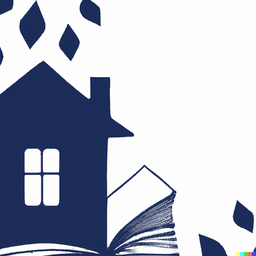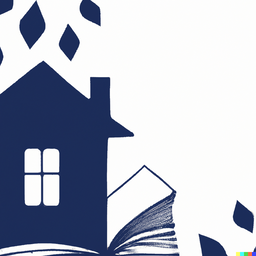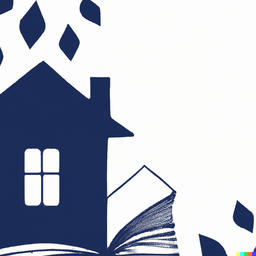
Exploring the Labyrinthine Structure of 'House of Leaves'
Introduction
Mark Z. Danielewski’s House of Leaves employs elaborate, unconventional narrative techniques like multiple nested storylines and shocking textual layout to create a postmodern reading experience that mirrors the novel’s central themes of fragmentation and uncertainty. This essay will analyze how Danielewski’s avant-garde narrative structure heightens the novel’s psychological effects and disorientation.
Danielewski's Multi-Layered Narrative Structure: A Journey into Fragmentation
Published in 2000, House of Leaves tells a convoluted, multilayered story through interconnected narratives, erratic footnotes, and experimental typography that compel the reader into an increasingly unsettling, chaotic realm. Danielewski’s bold innovations in form reinforce the novel’s surreal content and theme of dissolving rationality in the face of the unknown.
Footnotes in House of Leaves: Disrupting Narrative Flow and Amplifying Disorientation
A core innovative technique Danielewski uses is embedding three nested narratives told through different discovered texts to relate the central mystery in fragmented form. Critic N. Katherine Hayles notes this “plurality of narration stresses the limitation of any single perspective,” underscoring subjectivity (Hayles 792). The nested stories destabilize a unified point of view.
Avant-Garde Typography: Distorting the Reading Experience in House of Leaves
Danielewski also employs elaborate footnotes that interrupt and divert the main narrative flow with historical anecdotes, scientific facts, and other tangents to shatter naturalistic illusion. Scholar Ulrich Wicks argues this “information overload” creates disorientation mirroring the novel’s chaotic horror (Wicks 256). The demanding footnotes frustrate linear progression.
Furthermore, Danielewski uses avant-garde typographical arrangements like text printed backwards or in spiral patterns to viscerally unsettle the reader. Critic Jessica Pressman notes the “spatial deformation of the page” injects physical discombobulation into the psychological narrative (Pressman 117). The text layout distortion enhances emotive impact.
Concluding Thoughts: The Enigmatic Architecture of House of Leaves
While disorienting, many argue the narrative complexity compellingly mimics the novel’s postmodern themes, as scholar Hanjo Berressem suggests (Berressem 209). The technical innovations parallel content.
Through pioneering strategies like layered narration, elaborate footnotes, and typographic experimentation, Mark Z. Danielewski’s House of Leaves employs narrative complexity to viscerally convey postmodern ideas of fragmented identities, unstable realities, and unknowable truth. The novel’s structure reinforces its psychological effects.
Popular posts
-

Unofficial Sparknotes Guide to "House of Leaves" by Mark Z. Danielewski
November 2nd, 2023
-

Chapter Summaries of "House of Leaves"
November 2nd, 2023
-

Character Analyses in "House of Leaves"
November 2nd, 2023
-

Themes in "House of Leaves"
November 2nd, 2023
-

Notable Quotes from "House of Leaves"
November 2nd, 2023
-

Discussion Questions for "House of Leaves"
November 2nd, 2023